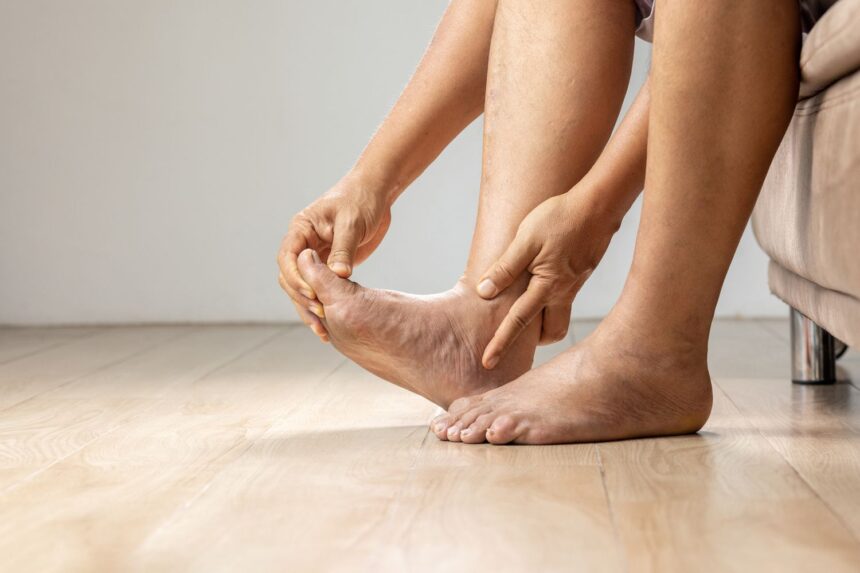Severe ankle pain disrupts walking, work, and sleep. It can come from a sprain, fracture, tendon injury, or arthritis flare, and it may linger when swelling, stiffness, and instability persist. While one cause differs from another, treatment aims to reduce pain, restore motion, and support safe function. Here are some practical steps you and your clinician might use, from home care to procedures:
Rest & Ice
Start with activity modification, and limit weight-bearing that spikes pain. Short rest blocks swelling, yet long rest weakens muscles and slows recovery, so use it with intent. Apply ice to the ankle several times a day, and protect the skin with a thin towel. Compression with an elastic wrap is designed to control fluid buildup, while elevation above heart level may help clear it. A walking boot or brace is used to stabilize the joint during early healing, and crutches are used to reduce load during flare-ups. Track pain and swelling in a simple log; if symptoms plateau or worsen after several days, shift to the next level of care.
Physical Therapy
Therapy for ankle pain may involve staged loading to rebuild motion, strength, and balance, and it addresses faulty movement patterns that stress the joint. After a detailed assessment, a plan may include:
- Range-of-motion drills like ankle alphabets, gentle calf stretches, and joint mobilizations
- Strength work, such as heel raises and hip abductor training
- Balancing tasks on foam pads or balance boards, progressing to single-leg stances and step-downs
Your therapist tailors frequency and intensity to your pain response; you perform home exercises daily, then reassess weekly. Gait retraining, taping, and footwear guidance are designed to support joint alignment. Measurable goals guide progression and signal readiness for higher-demand activity.
Pain Medications
Over-the-counter options include acetaminophen for pain and NSAIDs like ibuprofen or naproxen for pain plus inflammation. Dosing follows the label directions, and shorter courses reduce the risk of side effects. Topical NSAID gels deliver targeted relief with less systemic exposure. In cases with nerve-type pain, burning, tingling, or shooting, clinicians might use specific medications. Opioids are limited to use for acute fractures or post-op periods and require close oversight. People with kidney disease, ulcers, bleeding risk, or interactions need medical guidance before starting NSAIDs. Track your response, note triggers, and bring a current medication list to each visit so the plan aligns with your medical history.
Injections
When inflammation resists therapy, targeted injections offer local relief. Ultrasound guidance improves accuracy, and spacing between doses can lower tissue risk. Platelet-rich plasma uses a concentrated sample of your blood to address tendon or ligament pain, and protocols differ in the number of injections and rest periods. Nerve blocks help diagnose the source of pain or manage short-term pain before reaching rehabilitation milestones. Each option involves trade-offs, timing, and cost, so discussion with your clinician sets expectations and aligns the procedure with your goals and schedule.
Get Treated for Ankle Pain
Left unchecked, severe ankle pain can drive compensation, weaken muscles, and limit daily tasks. Start with rest, ice, compression, and elevation; add structured therapy; match medication to your medical profile; and weigh injections when local inflammation dominates. If fractures, high ankle sprains, tendon tears, or severe arthritis appear on imaging, surgical consults enter the plan, and post-op rehab restores function step by step. Schedule an evaluation with a qualified clinician today, bring your symptom log, and begin a treatment plan that fits your needs.





